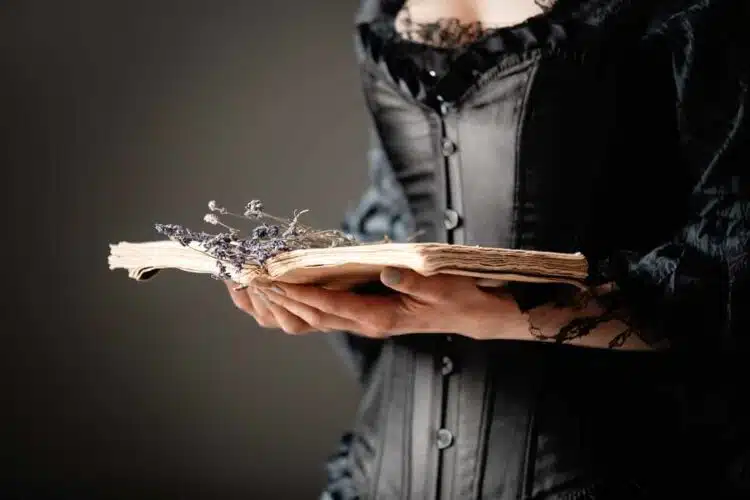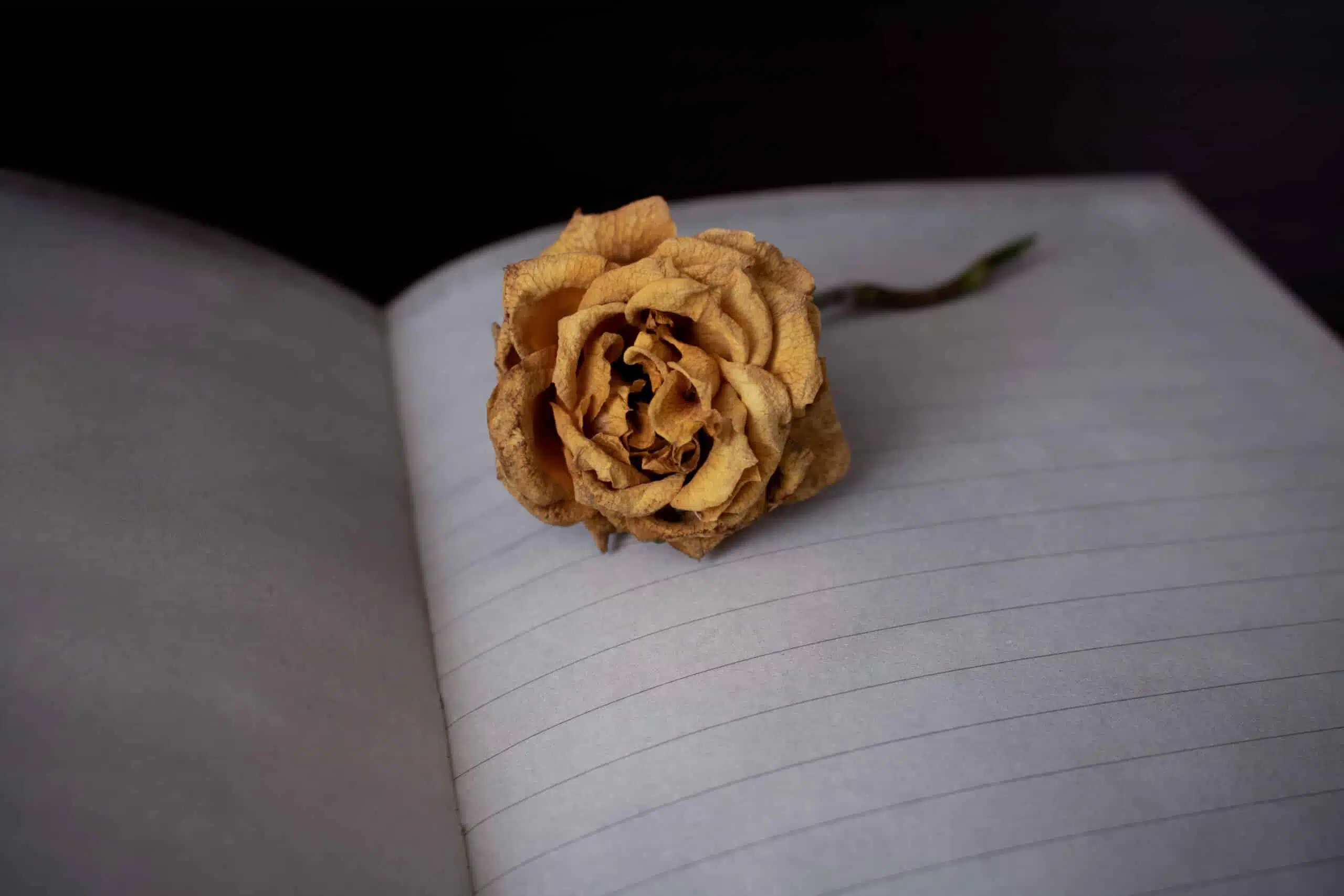Here’s what the Treochair poetry form is:
The treochair is an Irish poem form consisting of three-line stanzas in which both the stresses and syllable counts are traditionally counted.
Each verse has a 3-7-7 syllable pattern, with the first and third lines rhyming with each other.
The traditional “harmony of sound” that Irish forms pride themselves on is expected.
So if you want to learn all about the Treochair poetry type, then you’ve come to the right place.
Let’s get right to it!

Forms of Poetry: The Treochair

The treochair is an Irish poem form that is traditionally based on accentual syllabic tercets.
Yes, I know many of you are either confused or frantically searching for some of those words online right now.
Don’t worry, I will be explaining the terminology.
While this form doesn’t look especially difficult from a safe distance, it can be deceptively tricky depending on how many of the traditions of the form you choose to stick to.
The poem as a whole can be any number of tercets, so you only actually need to know how each individual tercet is structured to understand the entire form.
The descriptions of the treochair that are in circulation online today seem to trace back to Robin Skelton’s The Shapes of Our Singing.
It’s a compendium of global poetry forms that are held in high regard for being one of the most comprehensive attempts to collect as many poem forms as possible in one place.
Basic Properties of Treochairs

| Rhyme Structure | Strict |
| Meter | Accentual syllabic |
| Origin | Ireland |
| Popularity | Rarely seen outside of manuals and guides |
| Theme | Varies |
How Is a Treochair Structured?

Every stanza of the treochair is a tercet (a three-line stanza) in which the first and third lines rhyme.
The second line does not traditionally rhyme with either of the other lines.
It is not necessary to carry the rhymed end sound over to subsequent verses, as every tercet of the treochair is effectively a standalone unit.
Accentual syllabic verse, put simply, means that both the number of syllables and the number of stresses are counted.
A typical treochair expects three syllables on the first line and seven syllables on the second and third lines.
This 3-7-7 structure makes the stanzas visibly bottom-heavy and leaves very little space to work with on the first line.
The stress pattern is even stranger, coming in with a 2-3-2 pattern.
This makes the form incredibly hard to utilize to its fullest potential in English since that last line is only allowed two stressed syllables out of seven.
For this reason, many English writers don’t actually follow the expected stress counts in practice.
There might be two syllables in the third line that stand out due to careful placement or punctuation, but if you study English treochairs closely you’ll often find that the stress pattern is technically incorrect.
Those who have already mastered anapestic and dactylic meter will find that third line much more doable, but they’re so limiting that it might be arguably better to ignore them since they restrict diction and syntax so heavily.
Perhaps more importantly, a treochair should strive to include as much alliteration as possible.
Alliteration is a very common and important technique in Irish poetry, being an iconic part of the region’s poems since before written language was widespread.
Another popular technique of Irish poetry is the dunadh, a partial refrain in which part of the first line is reused at the end of the poem.
It’s similar in execution to the French rentrement, for those of you more similar with rondeaus.
You can decide for yourself whether to include one or not, but it does represent the history of the poem’s birthplace well.
Example of a Treochair

I lament
the time wasted languishing,
lazily dodging the rent.
Testament
to my total disregard
for time. Even still, I lament.
The above poem doesn’t adhere strictly to the traditional stress pattern and is undeniably one of the shortest treochairs you’ll ever see (They can go on for entire pages!) but it will do for this tutorial.
As expected, we see the 3-7-7 syllable pattern.
It’s worth noting here that the short first line is so restrictive that the second verse only manages a single word before moving on.
Alliteration is rampant in this poem, particularly as consonance, with the first verse including four uses of the letter ‘l’ and the second showcasing no less than nine uses of the ‘t’ sound.
The assonance is less noteworthy, but there are three long ‘a’ sounds used back-to-back in the first tercet.
One particularly interesting element of the treochair is that if a dunadh is used, optional though you may consider it, it will often consist of the entire first line due to how short that line naturally is.
This particular poem also ends up sharing an end sound across all its rhymed lines, since the dunadh itself ended up locking us in.
Tips for Writing a Treochair

As with many foreign forms, you should first recognize that the treochair was not predominantly written with English poets in mind.
English poetry rarely uses accentual syllabic verse, since we have so many predefined meters that we tend to turn to instead.
The treochair, by design, defies all conventional English meters, though.
English meter thrives on isosyllabic lines and multiples of two or three syllables.
This form, with its unusual 3-7-7 syllable count, is not conducive to any of the common English meters, for better or for worse.
Personally, I think an English treochair works best when it is unmetered and does not count stresses, as it allows the poet to zero in on the best possible sound for the poem.
Irish poetry prides itself on the harmony of sound, so having more wiggle room to include phonetic techniques is quite welcome.
If you will be deferring to the expected stresses, then I recommend reading through some poems in anapestic and dactylic meter for inspiration.

Both of these meters require that the poet include consecutive unstressed syllables, which will be the main sticking point of the treochair, specifically in those deadly third lines.
A few easier patterns for the last line are ‘uusuusu’ or ‘usuusuu,’ in which ‘u’ represents an unstressed syllable and ‘s’ represents a stressed syllable.
(I’m aware that these aren’t the symbols classically agreed upon for marking stressed and unstressed syllables but…they really should be, to be honest.)
The reasoning is that those two patterns allow you to avoid situations in which you need three or more unstressed syllables next to each other, but they’re only a recommendation.
Feel free to put the stresses wherever you want them to be.
The difficulty of this form varies wildly depending on how faithful to Irish traditions you want your poem to be.
The treochair is certainly not a common form in English though, so rest assured that you won’t have much competition to worry about when writing your own.
Poet’s Note

This form doesn’t exactly thrill me if I’m being completely honest, but it’s certainly different.
It feels like it’s missing something somehow.
Maybe an updated version of it will surface someday, which takes it to the next level.
Of course, that’s assuming someone picks it up and shakes the dust off first.
Comprehensive Collection of Poetry Forms: Craft Words Into Art

Dare to traverse the entire spectrum of poetic forms, from the commonplace to the extraordinary?
Venture from the quintessential Sonnet to the elusive Mistress Bradstreet stanza, right through to the daunting complexity of Cro Cumaisc Etir Casbairdni Ocus Lethrannaigecht.
For those with a zeal to encounter the full breadth of poetry’s forms, this invitation is yours.
Start exploring the vast universe of poetic ingenuity with our comprehensive array of poetry forms right now!
